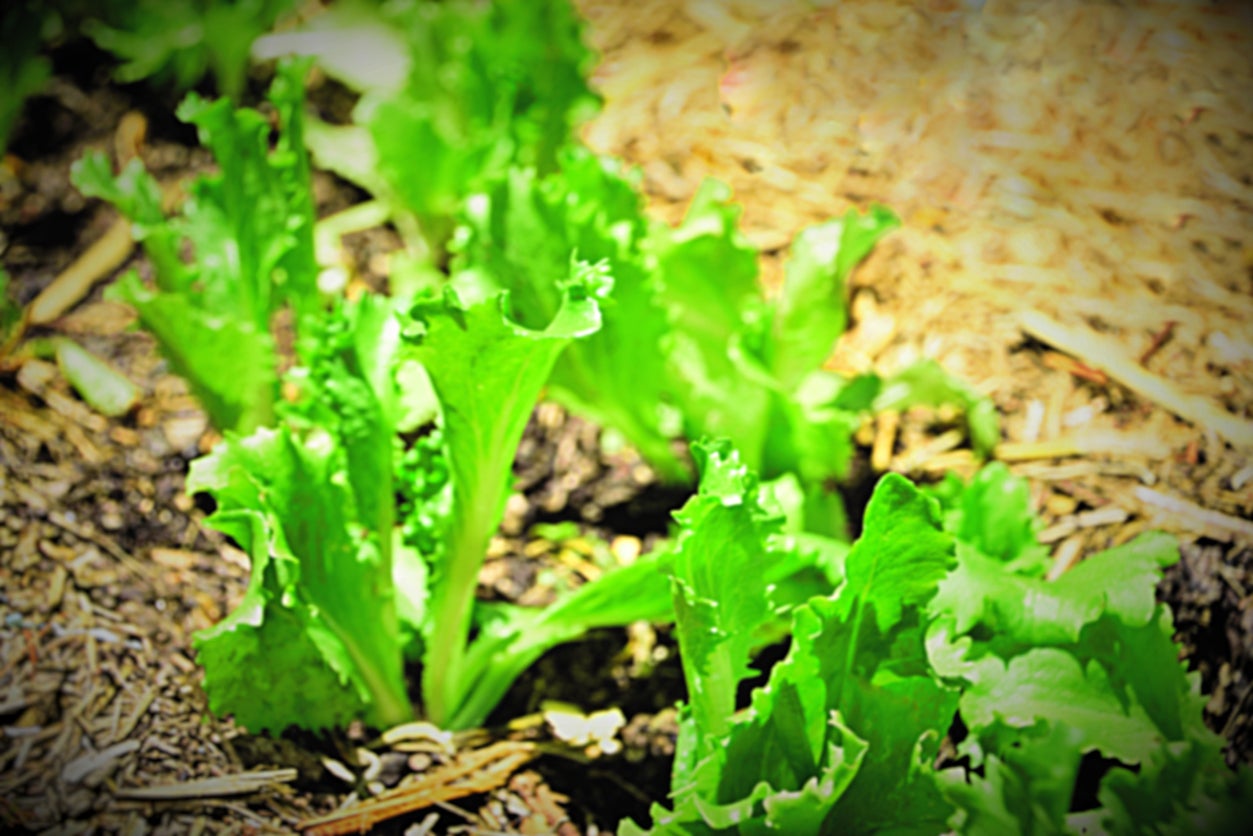Lettuce ‘Ithaca’ Care: Learn How To Grow Ithaca Lettuce Heads

Lettuce used to be difficult to grow in southern climates, but more recently developed varietals, such as Ithaca lettuce plants, have changed all that. What is Ithaca lettuce? Read onto learn more about growing Ithaca lettuce.
What is Ithaca lettuce?
Ithaca lettuce plants are an open pollinated, crisphead lettuce cultivar developed by Dr. Minotti of Cornell University, in Ithaca, New York. Ithaca produces typical iceberg tightly wrapped heads about 5.5 inches (13 cm.) across that stay firm and crisp.
They produce excellent, crisp leaves suitable for sandwiches and salads. This cultivar has been a popular variety for eastern commercial growers for some time but will work easily in the home garden as well. It is more heat tolerant than other crisphead cultivars and is resistant to tipburn.
How to Grow Ithaca Lettuce
Ithaca lettuce can be grown in USDA zones 3-9 in full sun and well-drained, fertile soil. Sow seeds directly outside after all danger of frost has passed and soil temperatures have warmed, or start seeds indoors a few weeks prior to transplanting outdoors.
Sow seeds about 1/8 inch (3 mm.) deep. Seeds should germinate in 8-10 days. Thin seedlings when the first true set of leaves appear. Cut the thinning rather than pulling it out to avoid disrupting nearby roots of adjacent seedlings. If transplanting seedlings grown inside, harden them off over the course of a week.
Plants should be spaced 5-6 inches (12.5-15 cm.) apart in rows that are 12-18 inches (30.5-45.5 cm.) apart.
Lettuce ‘Ithaca’ Care
Keep plants consistently moist but not sodden. Keep the area around the plants weed free and watch the lettuce for any signs of pests or diseases. Lettuce should be ready for harvest in about 72 days.
Gardening tips, videos, info and more delivered right to your inbox!
Sign up for the Gardening Know How newsletter today and receive a free copy of our e-book "How to Grow Delicious Tomatoes".

Amy Grant has been gardening for 30 years and writing for 15. A professional chef and caterer, Amy's area of expertise is culinary gardening.
-
 Grow ‘Karl Rosenfield’ Peony Plants For The Ultimate Frilly Border Beauties And Cut Flowers
Grow ‘Karl Rosenfield’ Peony Plants For The Ultimate Frilly Border Beauties And Cut FlowersFor frilly double magenta peony petals infused with a heady fragrance, grow ‘Karl Rosenfield’ peony plants. Here’s how to cultivate the ultimate plushy blooms
By Tonya Barnett
-
 10 Common Composting Problems That Can Spoil Your Garden Gold – Plus Easy Fixes
10 Common Composting Problems That Can Spoil Your Garden Gold – Plus Easy FixesLearn how to troubleshoot common composting issues before they ruin your stash – from bad smells and bugs to materials not breaking down as they should.
By Susan Albert